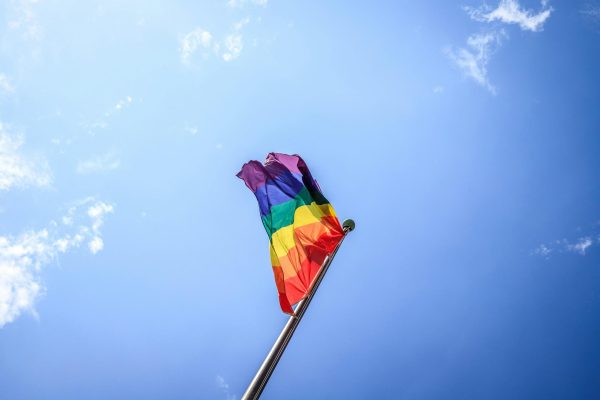Celebrating Hispanic Heritage Month
Spanning from September 15 to October 15 to celebrate the achievements of Hispanic Americans
JAMIE KIM
What is Hispanic Heritage Month?
The 30-day celebration recognizes the contributions of ancestors from Spain, Mexico, the Caribbean, and South America. It emphasizes how the culture and history of Hispanic Latino communities was born in the American story.
Why does Hispanic Heritage Month begin in the middle of September?
Sept. 15 is the independence anniversary of Costa Rica, Guatemala, Honduras, Nicaragua, and El Salvador. The independence days of Mexico and Chile (Sept. 16 and Sept. 18) also fall on the observation period.
When did Hispanic Heritage Month begin?
The observation began in 1968 under President Lyndon Johnson and was titled Hispanic Heritage Week. Later, in 1987, California representative Esteban Torres presented a bill that would extend the celebration from a week to a month. The week was eventually expanded in 1988 by President Ronald Reagan to cover a 30-day period: Sept. 15 – Oct. 15.
What is the difference between Hispanic, Latino, Latina, and LatinX?
These terms are considered as “self-identity labels.” Depending on the person, one could refer to themselves as either Hispanic, Latino, Latina, or LatinX. The difference between these labels is in their etymology. Hispanic relates to people who are tied to the Spanish legacy of their community. Latino and Latina focuses more on the connections between the U.S. Latino community and Latin America (Mexico, Central America, South America, and the Caribbean). LatinX, a gender-neutral, gender-inclusive, non- binary term, encompasses all Latino people and those who are LGBTQ+.
Your donation will support the student journalists of East Lyme High School. Your contribution will allow us to purchase equipment and cover our annual website hosting costs.
